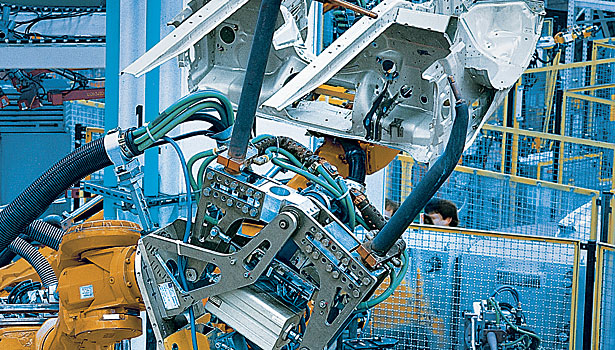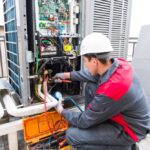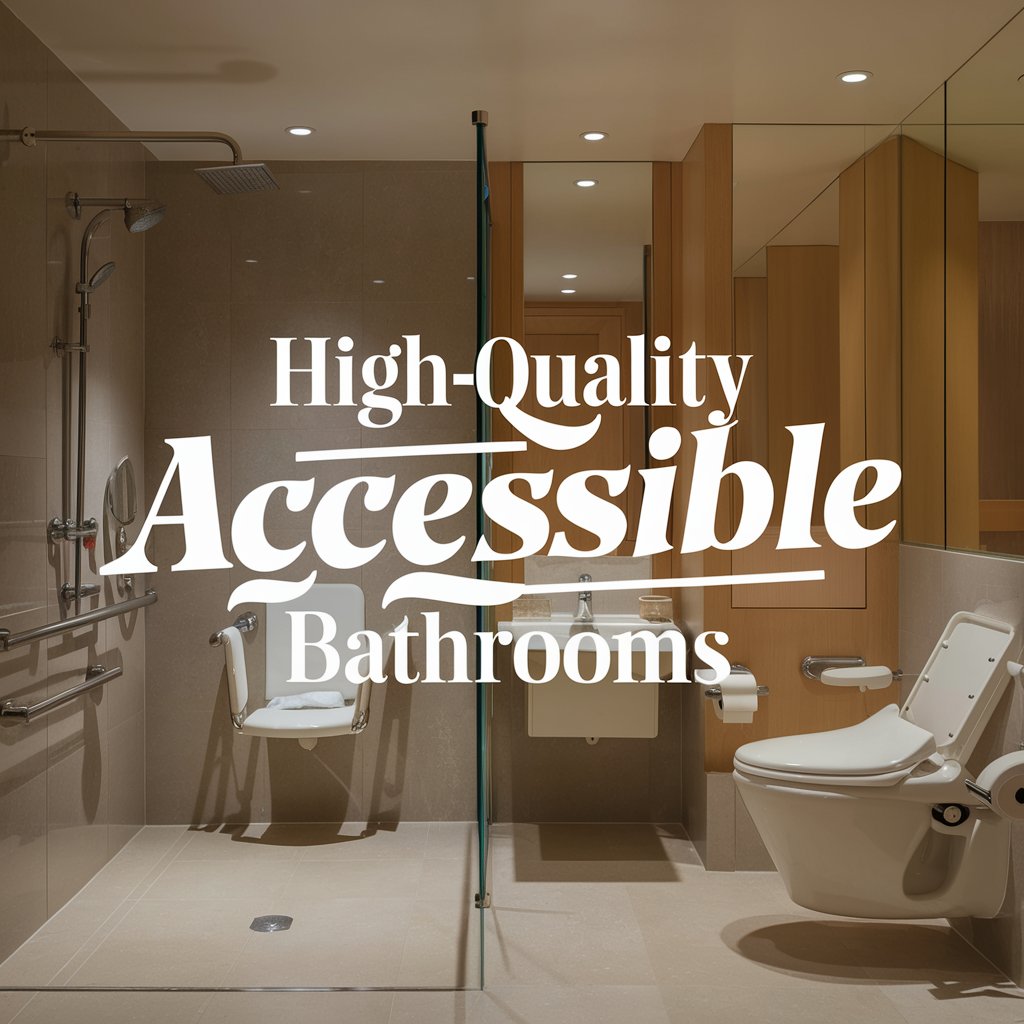Resistance welding is a process used to join two or more metal parts together using heat generated by electrical resistance. It’s commonly used in industries like automotive, aerospace, and construction. Over the years, this method has evolved with advanced technologies, and one of the most important improvements is adaptive control.
Adaptive control helps make the resistance welding process more precise, reliable, and efficient. In this article, we’ll explain what adaptive control is and how it can improve your welding process.
What Is Adaptive Control?
Adaptive control is a smart system that adjusts the welding parameters in real time. This means it can sense changes during the welding process—like temperature, pressure, or material thickness—and automatically correct them. Traditional machines rely on fixed settings, but adaptive control reacts to conditions as they happen, which leads to better welds.
Why Is Adaptive Control Important?
Welding is not always predictable. Different materials, thicknesses, or small shifts in alignment can affect the quality of a weld. With fixed settings, you might end up with poor or inconsistent welds, especially in high-speed production environments.
Adaptive control solves this problem by:
- Improving Weld Quality: It ensures consistent welds even if materials or conditions change.
- Reducing Waste: Fewer defective parts means less scrap and rework.
- Saving Time: Since the system adjusts automatically, you spend less time fine-tuning settings.
- Boosting Efficiency: More accurate welding means faster production with fewer errors.
How Does Adaptive Control Work?
The system uses sensors to monitor variables like current, voltage, force, and displacement. Based on this data, it makes adjustments on the fly. For example, if it detects the metal is thicker than expected, it might increase the weld time slightly. If there’s too much pressure, it can reduce the force or change the current.
These small but smart changes help maintain the perfect welding conditions throughout each weld cycle.
Where Is Adaptive Control Used?
Many industries benefit from adaptive control, especially where quality and speed matter. It’s commonly used in automotive manufacturing, aircraft assembly, and metal fabrication.
To get started with adaptive control, you need a high-quality resistance welding machine designed to support this technology.
Best Machines for Adaptive Control Welding
If you’re looking to improve your production with adaptive control, it’s important to choose the right equipment. Here are some great options:
- Flash Butt Welding Machine: This machine is ideal for joining large parts like rails or rods. It uses both pressure and high current, and adaptive control ensures a perfect weld every time.
- Aluminum Spot Welder: Welding aluminum can be tricky, but this machine is designed specifically for it. Adaptive control helps manage the heat and pressure to avoid burn-through or weak welds.
- Spot Welding Machine: This is the most common type used in manufacturing. It benefits greatly from adaptive control to maintain quality in fast-paced production environments.
Final Thoughts
Mastering adaptive control in resistance welding is a smart way to boost both quality and productivity. Whether you’re working with steel, aluminum, or other metals, adaptive control helps you get better results with less hassle.
To learn more about how you can upgrade your welding process with the latest technology, visit the full website at Resistance Welding Supplies.
By choosing the right machines and using adaptive control, you can take your welding operations to the next level.






